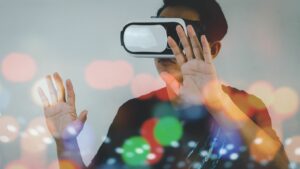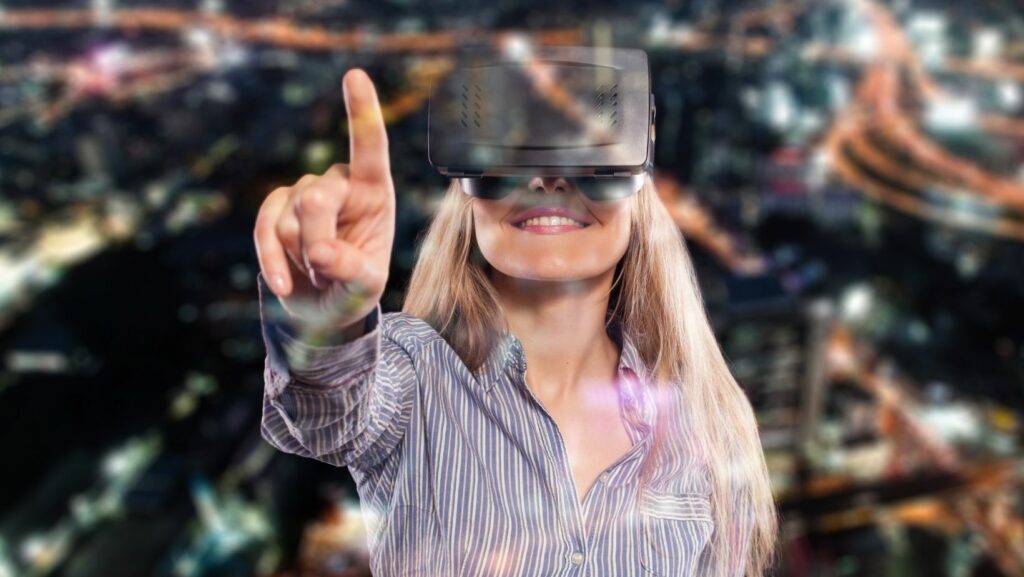Stepping into the world of virtual reality is like entering a realm where possibilities are limited only by imagination. As a virtual reality developer, I immerse myself in the art of crafting digital experiences that blur the line between the real and the virtual. From creating interactive simulations to designing captivating games, my work revolves around shaping immersive environments that transport users to new dimensions.
In this article, I’ll delve into the realm of virtual reality development, exploring the tools, techniques, and trends that define this dynamic field. Join me on a journey where innovation meets technology, and where the boundaries of reality are redefined through the lens of virtual experiences.
Virtual Reality Developers
The Evolution of VR Technology

Exploring the evolution of VR technology has been truly fascinating. From its humble beginnings to now, VR has come a long way in transforming how we interact with digital content. As a VR developer, I’ve witnessed firsthand the rapid advancements in hardware and software that have propelled VR into the mainstream. It’s amazing to see how VR has evolved from bulky headsets with limited capabilities to sleek, high-performance devices that can transport users to immersive virtual worlds seamlessly. The growth of VR technology has opened up new possibilities for developers like me to create cutting-edge experiences that push the boundaries of what is possible.
Impact on Various Industries
The impact of VR on various industries cannot be overstated. As a VR developer, I’ve had the opportunity to work on projects across different sectors, witnessing the transformative power of VR technology. Industries such as gaming, education, healthcare, and real estate have embraced VR to enhance user experiences, training simulations, medical procedures, and property showcases. VR has revolutionized how businesses engage with their audiences, offering new ways to visualize concepts, products, and environments. The ability of VR to create immersive, interactive experiences has opened doors to innovative applications that continue to shape the future of multiple industries.
What Does It Take to Be a VR Developer?
Key Skills and Knowledge
To excel as a VR developer, it’s crucial to have strong foundational skills in programming languages such as C++, C#, or UnityScript. Understanding 3D modeling and animation software like Blender or Maya is also essential for creating immersive virtual environments. Additionally, a deep grasp of game development principles, spatial audio techniques, and user experience design is fundamental in crafting compelling VR experiences.
The VR Development Toolkit
As a VR developer, familiarity with tools like Unity3D, Unreal Engine, or CryEngine is paramount for building interactive and visually stunning VR applications. These development platforms offer a range of functionalities, including scene creation, physics simulations, and object interactions, enabling developers to bring their virtual worlds to life. Moreover, integrating SDKs such as Oculus VR, HTC Vive, or PlayStation VR is necessary to ensure compatibility with different VR hardware devices, enriching the user experience across various platforms.
Challenges Faced by Virtual Reality Developers
Keeping up with Rapid Technological Changes

Staying current with the fast-paced advancements in virtual reality technology is a constant challenge for developers like me. As new hardware and software innovations emerge regularly, I must adapt quickly to integrate these developments into my projects. Keeping abreast of the latest VR headsets, controllers, motion tracking systems, and rendering techniques is crucial to ensuring that my applications remain cutting-edge and competitive in the dynamic VR market.
Design and User Experience Considerations
Designing for virtual reality presents unique challenges that require careful attention to user experience. Crafting immersive environments that not only look visually stunning but also function seamlessly within the VR space is a complex task. As a developer, I must consider factors like spatial orientation, user interactions, and motion sickness mitigation to create a comfortable and engaging experience for users. Balancing aesthetic appeal with performance optimization is essential to deliver high-quality VR applications that captivate and retain users.
In the dynamic world of virtual reality development, staying ahead of technological advancements is key. The evolution of VR has revolutionized industries, enhancing user experiences and opening new possibilities. To succeed in this field, mastering programming languages, 3D modeling, and game development principles is crucial.

